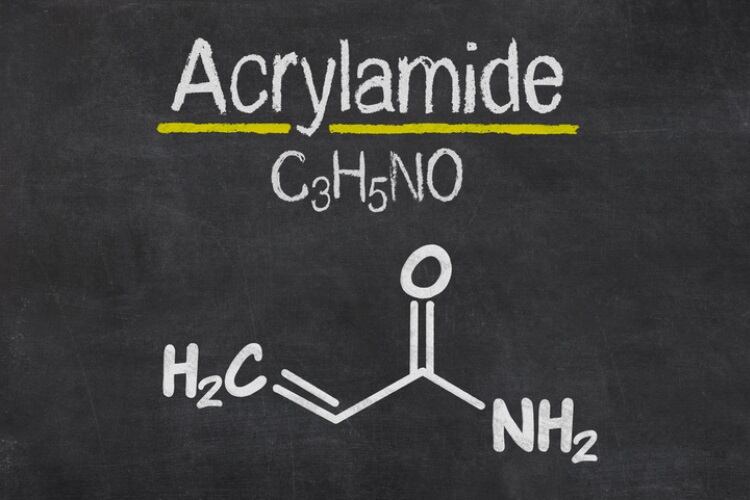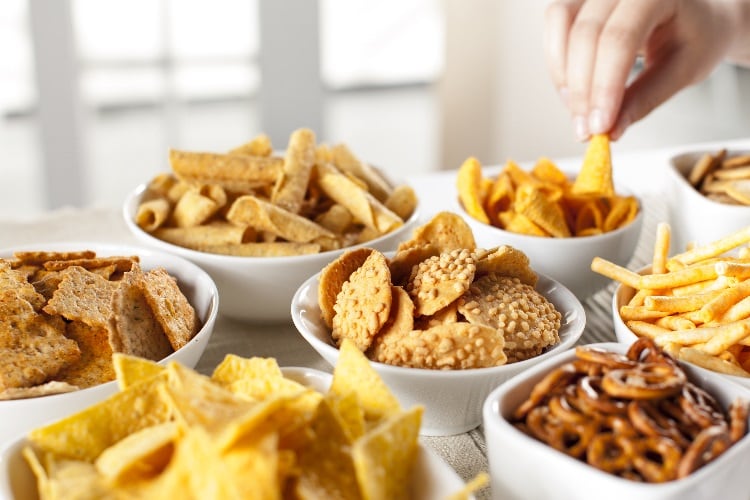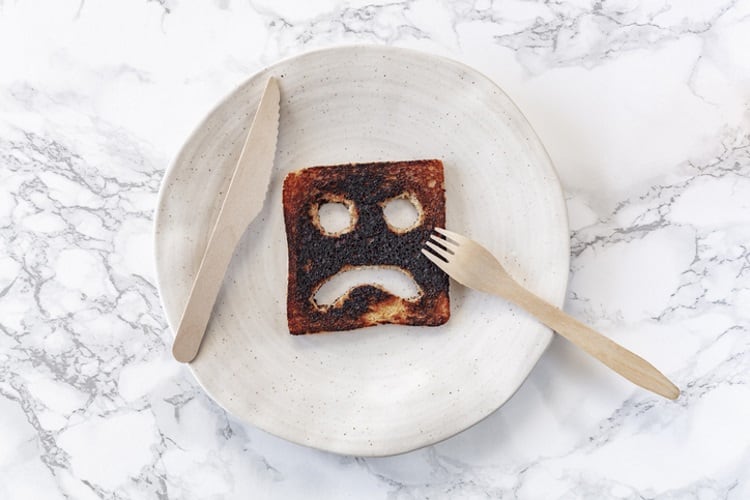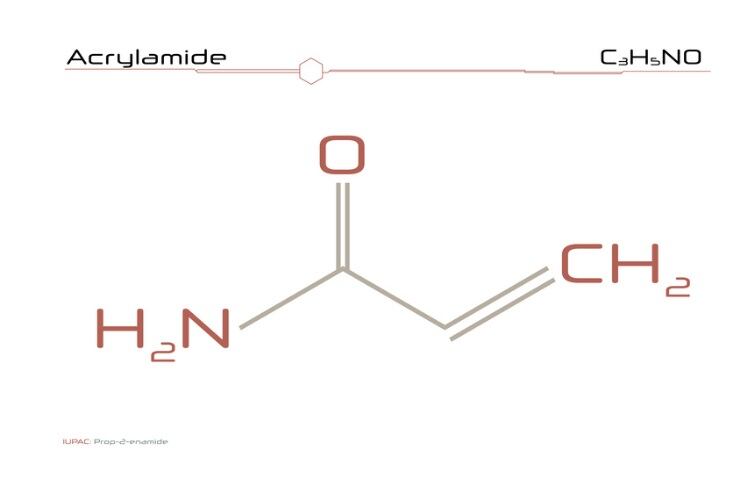The EU regulation that came into effect on April 2018 was based on the As Low As Reasonably Achievable (ALARA) principle.
“Based on current developments within the regulatory space, however, we expect more steps to follow,” Man-Yee Chung, global business manager of Fine Baking & PreventASe at DSM, told BakeryandSnacks.
However, she added, they have had a positive effect on awareness and the necessity to act.
“The Regulation helped to drive change within the industry, with food manufacturers reducing the presence of acrylamide from their products to step up food safety.”
A spokesperson from FoodDrinkEurope told us that although it is still too early to assess whether the Regulation has had the desired effect – considering that there are no official monitoring data to verify compliance – the association’s member companies report positive results in the right direction.
“The review of the benchmark levels shall occur after April 2021, based on the occurrence data of acrylamide from the EFSA database.”
Differing levels

Acrylamide (C3H5NO) – discovered in foods in 2002 – is a suspected carcinogen that increases the risk of cancer.
The odorless compound naturally forms when starchy foods – such as potato chips, breads, biscuits and cereals – are baked, fried, roasted or processed at temperatures higher than 120°C (248F) (known as the Maillard reaction).
However, there is a wide range of parameters that can affect its formation, so it is not possible to predict the acrylamide content in the end product.
According to FoodDrinkEurope, acrylamide reduction starts with the smart sourcing of raw material and plant varieties.
“Acrylamide is formed from substances in plants (reducing sugars and asparagine), and the content of these precursors is affected not only by plant variety but also by soil conditions, arrangement in the field, harvest time and storage conditions,” the association’s spokesperson told this site.
A study on acrylamide levels in potato crisps in Europe between 2002 and 2016 found that acrylamide levels showed marked seasonal variability, being highest in the first half of the year when potatoes were being used from storage, and lowest from July to September when potatoes were being harvested.
“This emphasizes the importance of good storage practices and good quality raw materials but also shows the difficulties associated with establishing a single value for the product which is meaningful for the entire year,” Andrew Curtis, one of the study’s authors and scientific and regulatory affairs manager of the European Snacks Association (ESA), told us.
Grandstanding or necessary?
Reports like ‘Potentially harmful chemical found in snacks aimed at kids’ (March 18, 2019) and ‘DECO finds dangerously high doses of acrylamide in staple foods’ (March 7, 2019) continue to dominate headlines.
“They do keep everyone on their toes,” said Curtis.
“The collective consumer association activity at the start of this year was interesting. It showed that levels were generally lower than the new benchmark values, suggesting that, in actuality (and contrary to their original claims and some of the more flamboyant headlines), the Regulation was working as intended.
“There were also a couple of RASFFs (Rapid Alert System for Food and Feed) issued during the last year for significantly higher levels in some imported biscuits – which again suggest that member states are still able to protect consumers (using 178/2002 and 852/2004) where necessary.
“I would hope that the consumer organizations submit their data to EFSA rather than just using them to support media and political lobbying, and it’s also important that they have recorded the on pack data relating to the manufacture of these products.
“I understand that many products were sampled from shops in or around October, but the products may have been manufactured months or, in some cases years (i.e. frozen goods) before the Regulation came into force – or else may have be produced from raw materials that were at their seasonal best or seasonal worst – which, of course, would have an impact on acrylamide forming potential,” added Curtis.
Year in review
In the year to-date since the Regulation came into force, much has happened to enforce the ALARA principle.
FoodDrinkEurope updates its ‘Acrylamide Toolbox’ on an annual basis and the 15th edition was released last month.
The revised version compiles the latest developments and applied scientific knowledge from research to industrial-scale food processing on acrylamide formation and mitigation across a variety of foodstuffs.
“Overall, the FoodDrinkEurope ‘Acrylamide Toolbox’ provides a wide selection of measures to assist food manufacturers of all sizes, big and small, to assess and evaluate which of the intervention steps may be the most efficient.
“It reflects the on-going efforts of food and drink manufacturers to generate and adopt the latest innovation to reduce the presence of acrylamide in their products,” said the spokesperson.
However, he emphasized that not every mitigation measure is fit for every application.
“The latest edition includes a more detailed distinction of measures within similar product categories, e.g. crisps and French fries. Both are potato-based products, but with different processing and finished product attributes.”
ESA’s Curtis told us the Food Standards Agency’s (FSA) Chemical Contaminants and Residues Policy Team has developed a new safe method on acrylamide for inclusion in its ‘Safer food, better business (SFBB)’ food safety management tool.
“The new method will be placed in the SFBB packs for caterers and is available in English, Welsh, Indian, Pakistani, Bangladeshi, Sri Lankan and Chinese.”
He added the French food manufacturers association, ANIA, has revised its popular French language acrylamide guidance brochure.
“ANIA has also included a Q&A [in the latest edition] that addresses interpretation issues, with clarifications provide by French authorities.”

In February, the European Commission issued a targeted consultation on Maximum Levels for foods for infants and young children, aimed to drive down levels based upon an ALARA principle.
“The benchmark values were based upon a limited number of data points and set at roughly the 90th percentile to act as a guide as to what is achievable (based on data held by EFSA),” said Curtis.
However, he noted that setting maximum levels goes against the principle of ALARA, and that it was possibly still too early to assess whether the regulations has been effective as enough data simply has not been collected.
Craig Jones, senior chemical contaminants policy advisor at the Food Standards Agency (FSA), told BakeryandSnacks, “The benchmark levels were developed based upon data collected from a range of different foods across Europe over several years. Whilst the categories can be quite broad and encompass a range of foods with varying acrylamide levels, challenging benchmark levels have been set.
“Increased awareness, coupled with an increase in monitoring, means additional data will be collected over time to inform future revisions of the benchmark levels.
“Whilst acrylamide cannot be eliminated, it is important that the levels in food are as low as reasonably achievable. Enforcement officers are working with the food industry to help them implement any changes needed to comply with the legislation,” said Jones.
Acrylamide busting

Several companies have launched specialized ingredients to assist FBOs ensure they can adhere to the ALARA principle.
In January, Kerry officially launched Acryleast, a clean label yeast with a high asparaginase enzyme content that the company claims will reduce acrylamide levels by up to 90% in a wide range of products.
The product was developed in partnership with Canadian firm Renaissance BioScience.
“Over the past 12 months, we have worked to prepare our international global sales and marketing launch to many international markets in Europe, America and Asia,” Mike Woulfe, VP Business Development Enzymes at Kerry, told BakeryandSnacks,
“The early response has been nothing short of amazing. We’ve had countless contacts for trials and even orders already.”
Cormac O’Cleirigh, chief business development officer at Renaissance BioScience, added, “After our research team spent years developing this non-GMO acrylamide-reducing yeast, it’s been great to connect up with a partner like Kerry to move this into commercial markets globally.”
Novozymes first introduced the asparaginase Acrylaway in 2007, today used in more than 30 countries in a wide range of foods.
In 2013, the Danish company launched Acrylaway HighT, a thermostable solution that converts asparagine into another naturally occurring amino acid – aspartic acid – thereby reducing acrylamide levels by at least 50% in foods processed at very high temperatures.
“Over the years, customers have been interested in [Acrylaway], and in the last quarter of 2018, our solutions for low-lactose dairy, trans fat reduction and acrylamide reduction maintained their good momentum, supported by increasing health awareness trends among consumers,” said Frederik Mejlby, global marketing director at Novozymes.
“We will leave it up the lawmakers to decide on the legislations.”
DSM’s Chung noted that, with talks currently in action over maximum levels of acrylamide in foods for infants and young children, the company has two asparaginases that are primed to assist FBOs.
“In Annex I, section VIII, BABY BISCUITS AND INFANT CEREALS [of the Regulation], it is stated that asparaginase is very effective in the category baby biscuits and infant cereals. We, at DSM are able to offer two asparaginases, PreventASe and PreventASe XR, to counter acrylamide in most applications,” she said.
“At DSM, we are passionate about enabling better food that is healthy, safe and tastes great. We partner with our customers to help them reduce acrylamide to the maximum and create food that people around the world can truly enjoy with minimal health risk by applying our application expertize and experience in analysis methods.”
Finally, Andrew Curtis told us ESA has produced three videos aimed at SME manufacturers of potato chips made from fresh sliced potato, as well as dough-based potato crisps, snacks and crackers.
“It was a long standing aim to get these videos published, but we were waiting for the Commission regulation and then the guidance, so that we didn’t contradict anything that was in those documents,” said Curtis.
Study:
Acrylamide levels in potato crisps in Europe from 2002 to 2016
Authors: Stephen J. Powers, Donald S. Mottram, Andrew Curtis and Nigel G. Halford
Food Additives & Contaminants: Part A, pg 2085-2100, August 1 2017, published online: September 27 2017
https://www.tandfonline.com/doi/full/10.1080/19440049.2017.1379101



